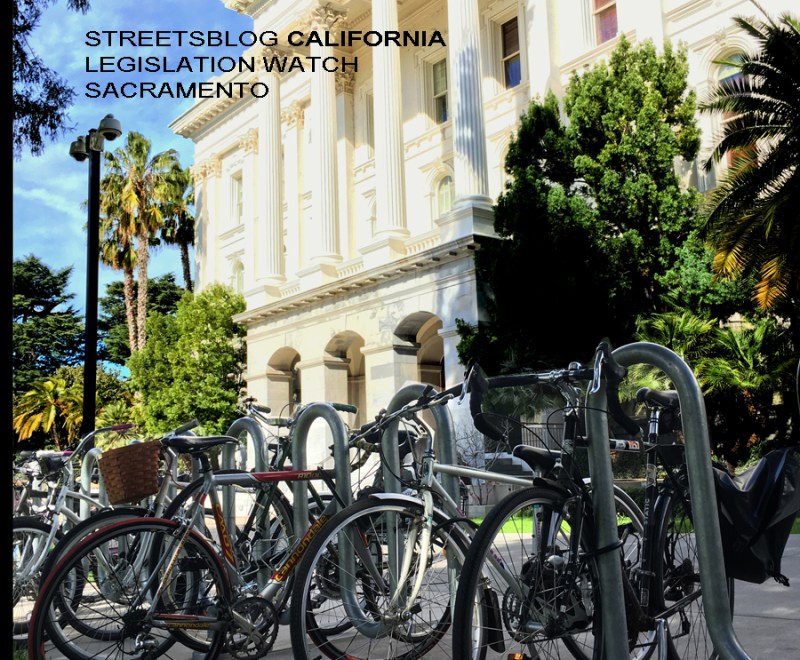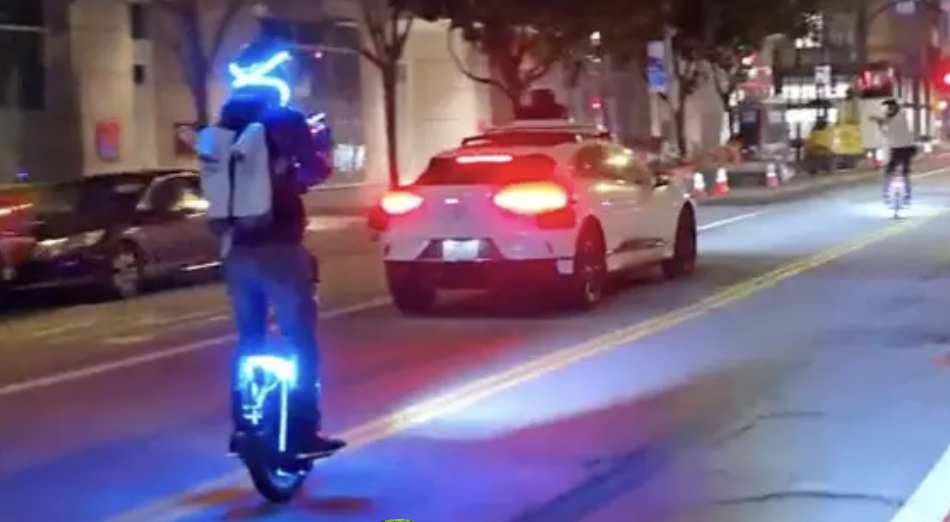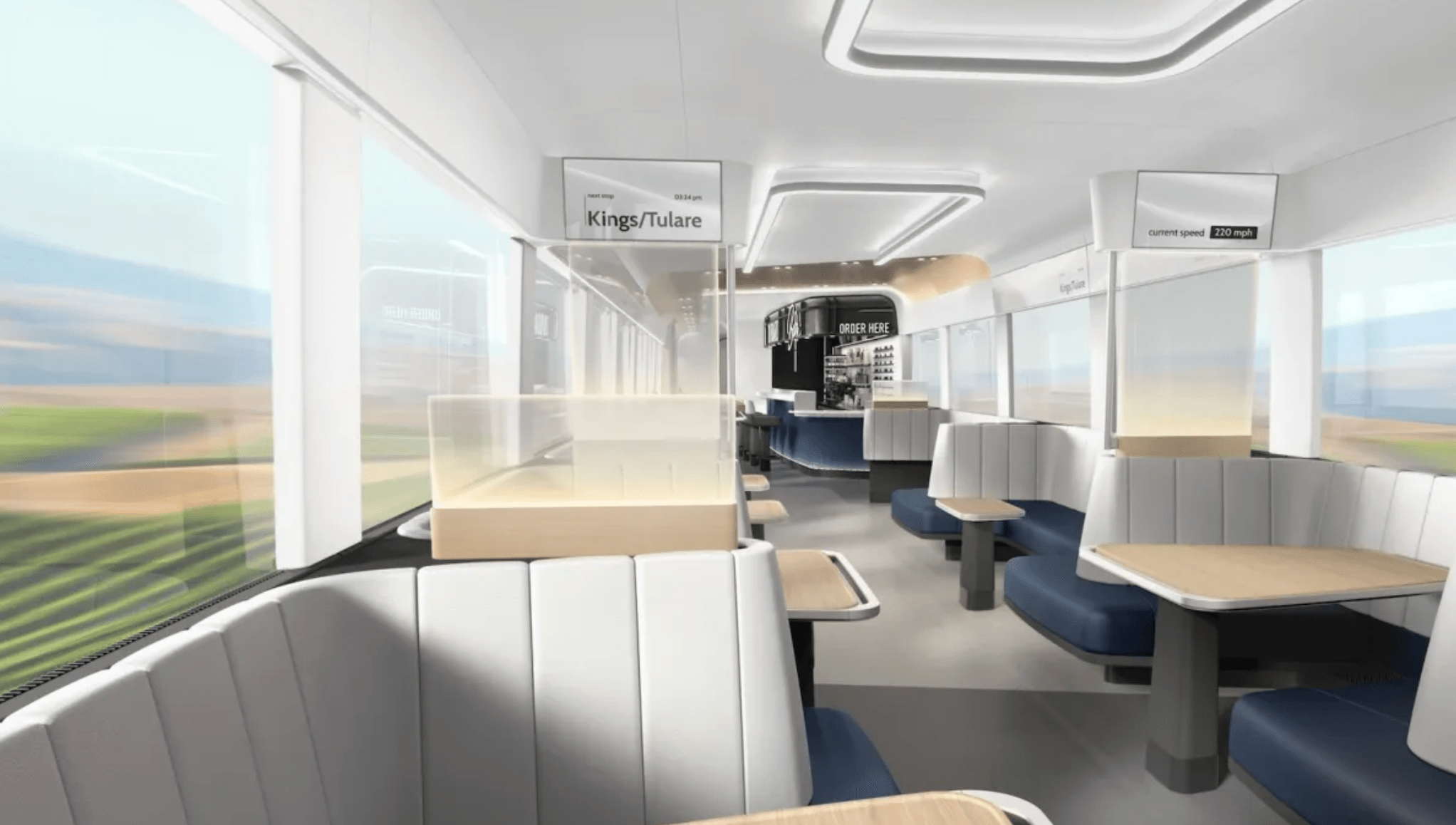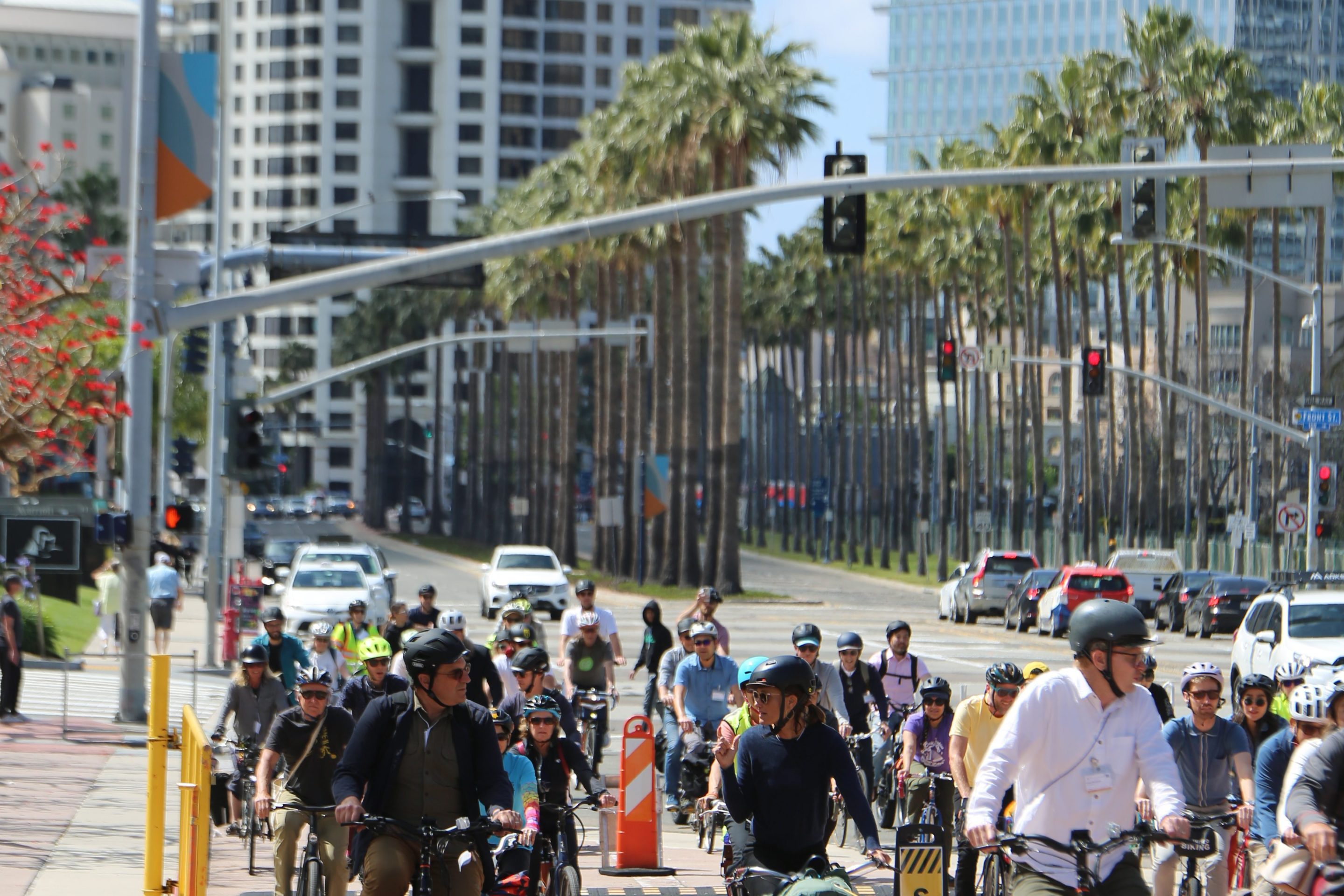Autonomous Vehicles
Are autonomous vehicles safe? The answer might depend on who you talk to, judging from the arguments made in yesterday's Assembly Transportation Committee hearing. To hear proponents, AVs are much safer than human drivers because they don't drink, take drugs, or get distracted. Therefore, goes their argument, their development must not be impeded or delayed.
Assemblymember Cecilia Aguiar-Curry (D-Napa) emphasized several times when presenting her bill, A.B. 2286, that it would not "impede the development of autonomous vehicles in any way." The only thing her bill would do is require a human driver to be present in big rigs that are testing autonomous technology, until such point that the legislature decides certain safety benchmarks are met.
That AV safety benchmarks are not already in statute should be cause for concern. Currently the California Public Utilities Commission and the California Department of Motor Vehicles oversee autonomous vehicles and set rules for their deployment, including requirements for reporting incidents.
But those rules are minimal.
AV proponents like it that way. At yesterday's hearing, the AV Association and the California Chambers of Commerce argued that the economic benefits outweigh safety concerns. They didn't put it that way - in fact they insisted that they cared about safety, saying AVs have the potential to be safer than human drivers. They dismissed concerns based on real-life experience with AVs crashes and near-misses, including a woman who was dragged by a car that didn't know she had been pushed underneath it in a crash. Existing AVs are much lighter and go much slower than the freight vehicles the industry is eager to test on California highways, and which are the subject of Aguiar-Curry's bill.
A truck driver and Teamster member who testified in support of the bill described an experience he had with a frightening crash that caused a car to get stuck under his truck. He was able to slow down and get the attention of another truck driver to help him pull off the roadway, where he got out and pulled the people out of their car and called 911. He reacted "by instinct," he said, which allowed him to think quickly. "You can't program instinct in these vehicles," he said.
Two bills at the hearing addressed AVs, and both brought out a strong response from industry proponents who claimed they would "hamper," "block," and "shut down" the development of AV technology. They complained that the proposed legislation would stomp on innovation and cause California to fall behind other states that are not quite but just about to allow driverless trucks on their highways and roads
"The goal of A.B. 2286 is simple," said Aguiar Curry. "Full testing and full deployment of an autonomous vehicle that weighs over 10,000 pounds should be conducted with a qualified human safety operator behind the wheel. Nothing in this bill prevents companies from testing AV freight vehicles on the roads."
"The rollout of light-duty AVs in San Francisco is the perfect example of why the state should have say in this," she said. She was referring to multiple unheeded requests from that city for the CPUC to slow the deployment of robotaxis because they have been adding uncountable and empty cars to existing traffic congestion, blocking emergency vehicles, and causing other safety issues.
"The bill affirmatively recognizes that we should move forward with testing of these vehicles," she said. "And it includes a trigger for allowing full deployment, based on real data. We need the data and reporting called for by this bill before a final decision is made to remove humans from trucking in our state."
The second bill was from Assemblymember Matt Haney (D-San Francisco). A.B. 3061 would update reporting requirements for collisions, traffic violations, and disengagements involving autonomous vehicles, and bring state requirements in line with federal National Highway Traffic Safety Administration rules. It would also require the information to be made available to the public. There is currently a sentence in the bill outlining requirements about reporting assaults or harassment, but Haney said he would be removing those because they are covered in other regulations.
The two agencies that handle AV regulation "need legislative guidance, both during testing and deployment," said Haney. "Right now the state doesn't have access to the federal reporting data. The folks managing our roads - who are responsible for making sure everyone is safe - don't have access to that information."
"I appreciate the potential for AVs to provide safety," said Haney. "We should all get behind this bill, which will help us be transparent about how we get there."
"This is a complex issue, because autonomous trucking holds promise," said Aguiar Curry about her bill. If it is deployed too fast, she said, it will just cause more problems in the long run for both the public and the industry.
Both these bill passed.
School Zone Speed Limits
Also discussed by the Transportation Committee was a bill from Assemblymember Marc Berman, A.B. 2583, which would change the way speed limits near schools work. Specifically, current signs that lower a speed limit "when children are present" are too vague and too difficult to enforce, said Berman. His bill would instead set specific time periods and require the lowered limits to be less than 20 mph (in some places they can be set higher).
This bill brought out gadfly Jay Beeber of Safer Streets LA, who objected that the bill would make safety zones too "expansive" and conditions around schools "less safe." Assemblymembers Lowenthal and Ting weren't having it, questioning him about his stance on safety in general - informed by his membership in the National Motorists Association, which opposes automated traffic enforcement, lower speed limits, and stop arms on school buses among other safety technology, and encourages its members to fight traffic tickets and to oppose speed cameras, check points, and breathalyzer testing.
Berman's bill passed anyway.





